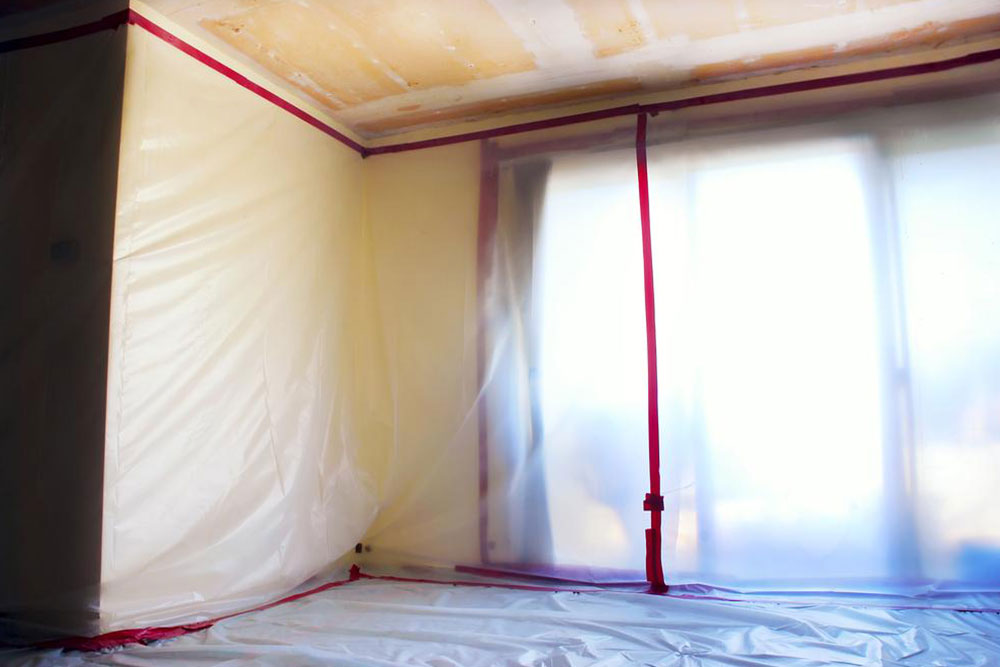3 common types of tarps to know about
Also knows as tarpaulins, tarps have a wide range of applications, which include constructing camping tents, wedding canopies, floor coverings, and other industrial and commercial applications. Most of these tarps are water resistant, and some are even fire resistant. Although most tarps are manufactured based on specific requirements (such as truck tarps, lumber tarps, and boat tarps), there are a few types of tarps that have a general purpose use.

Here are three common types of tarps available in the market.
- Canvas tarps
These are one of the most popular types of tarps that are versatile as well as affordable. Canvas is a closely woven plain weave fabric, which is usually made of synthetic or natural fiber. It is commonly used to make soft luggage, awnings, and tarpaulins. Due to the material’s ability to withstand strong wind, canvas tarpaulins or canvas tarps are used in the trucking industry as well as by painters. It is preferred by painters since the material is not 100% waterproof, and therefore, the paint will be absorbed without leaking through while the other side of the canvas will still be dry and soft. Canvas tarps can also be used to protect floors made of hardwood from weather elements or to let people walk over the floor without damaging the wood. - Poly tarps
These tarps are made from the highly durable polyethylene material. The tarp has nylon tarp threading on the inside. There is a rope reinforcement constructed around the poly tarp material. Poly tarps are resistant to UV rays. Furthermore, they can withstand strong gusts of wind and are resistant to mildew and rot. These properties make poly tarps perfect for commercial as well as industrial use. However, these tarps are not flame retardant. Hence, they should not be used in areas where there are open flames or other sources of heat. - Mesh tarps
These tarps are made from nylon tarp threading. This gives the tarp a screen-like appearance. Nylon mesh tarps are useful for keeping off water and for protection against wind. These tarps are commonly used to build shade screen tents; especially if the sides are built with mesh tarps, it will weaken the wind that hit the tent. Hard winds usually enter through one side of the mesh tarp and slowly go through the other side as the mesh material absorbs the strength of the wind. Whether building a tent or canopy, mesh tarp sidewalls are a great way to secure these structures against strong gusts of wind. Another common use of mesh tarp is on golf courses and tennis courts. Green mesh tarps are usually used here.
Disclaimer:
The content provided on our blog site traverses numerous categories, offering readers valuable and practical information. Readers can use the editorial team’s research and data to gain more insights into their topics of interest. However, they are requested not to treat the articles as conclusive. The website team cannot be held responsible for differences in data or inaccuracies found across other platforms. Please also note that the site might also miss out on various schemes and offers available that the readers may find more beneficial than the ones we cover.















